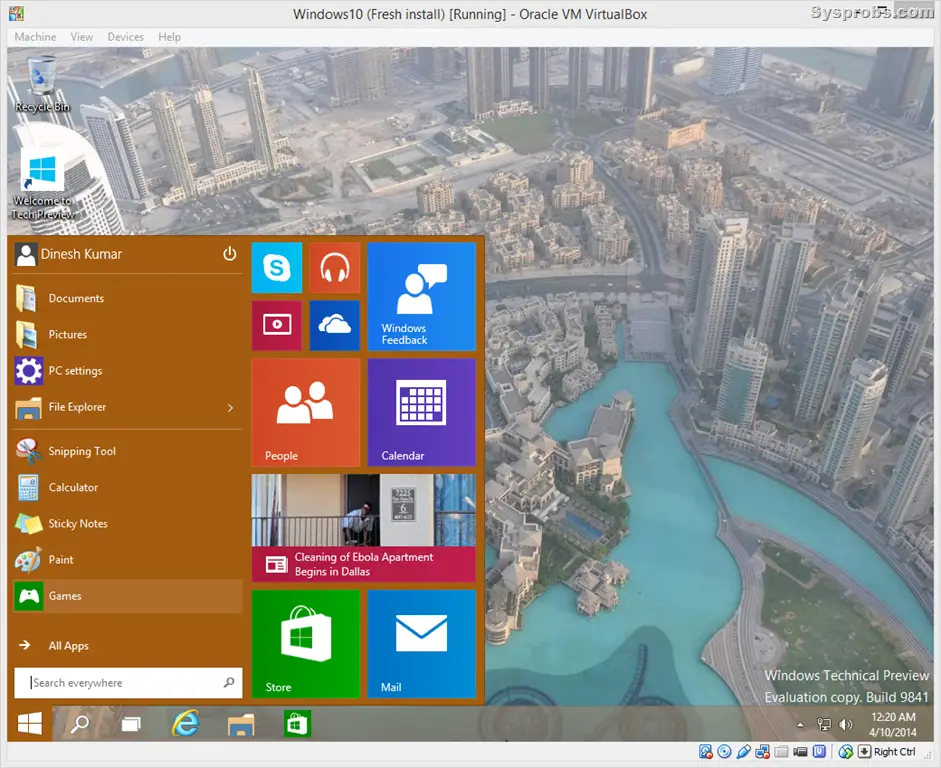


To enable KVM to work effectively, a processor is required with hardware virtualisation extensions. KVM originally supported x86 processors and an ARM port, before being merged during the 3.9 kernel merge window.Ī selection of guest operating systems is supported with KVM such as, different versions of Linux, BSD, Solaris, Windows and more. Kernel-based Virtual MachineĪ Kernel-based Virtualisation Machine is a virtualisation infrastructure for Linux kernel which develops into a hypervisor. Linux-based guests can also be installed in Virtual PC these include RedHat and SUSE Linux, some of which must be installed in text mode as they do not support the Virtual PC’s graphics chip. The Windows Virtual PC can be accessed by either being installed by OEMs or via direct download from Microsoft’s website. The Virtual PC is able to virtualise a standard IBM PC compatible device and all associated hardware, with the ability to enable supported Windows operating systems to run inside it. It does not run on versions earlier than Windows 7 and does not support MS-DOS or operating systems earlier than Windows XP Professional SP3. Windows Virtual PC is a freeware virtualisation program designed for Microsoft Windows. The software functions offer 3D virtualisation, multi-screen resolutions and laudable hardware support with other features included.


 0 kommentar(er)
0 kommentar(er)
